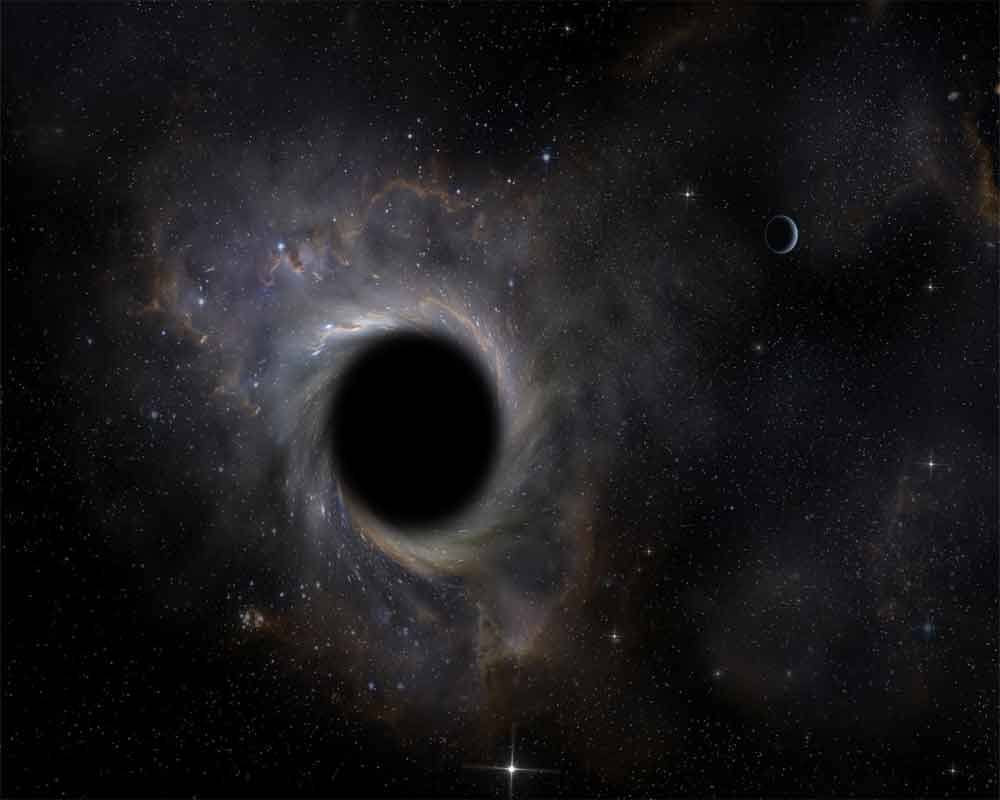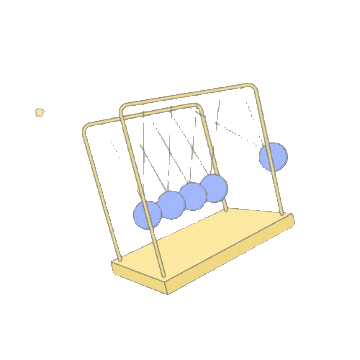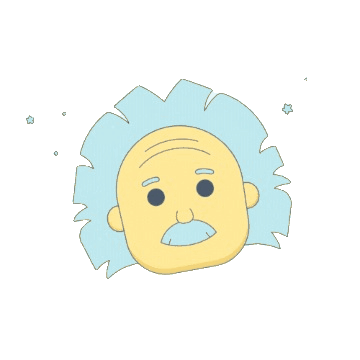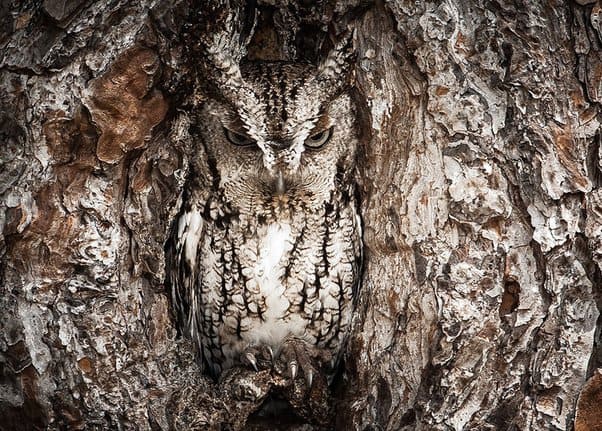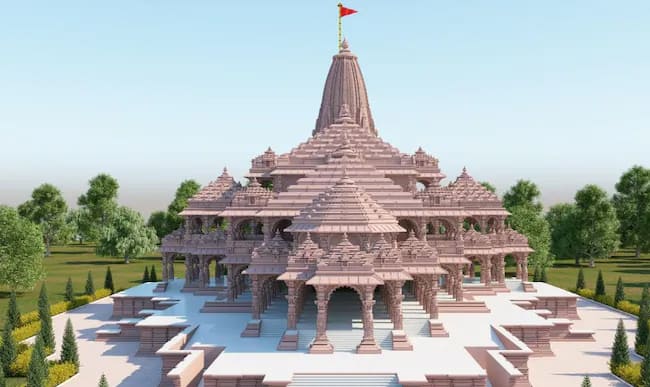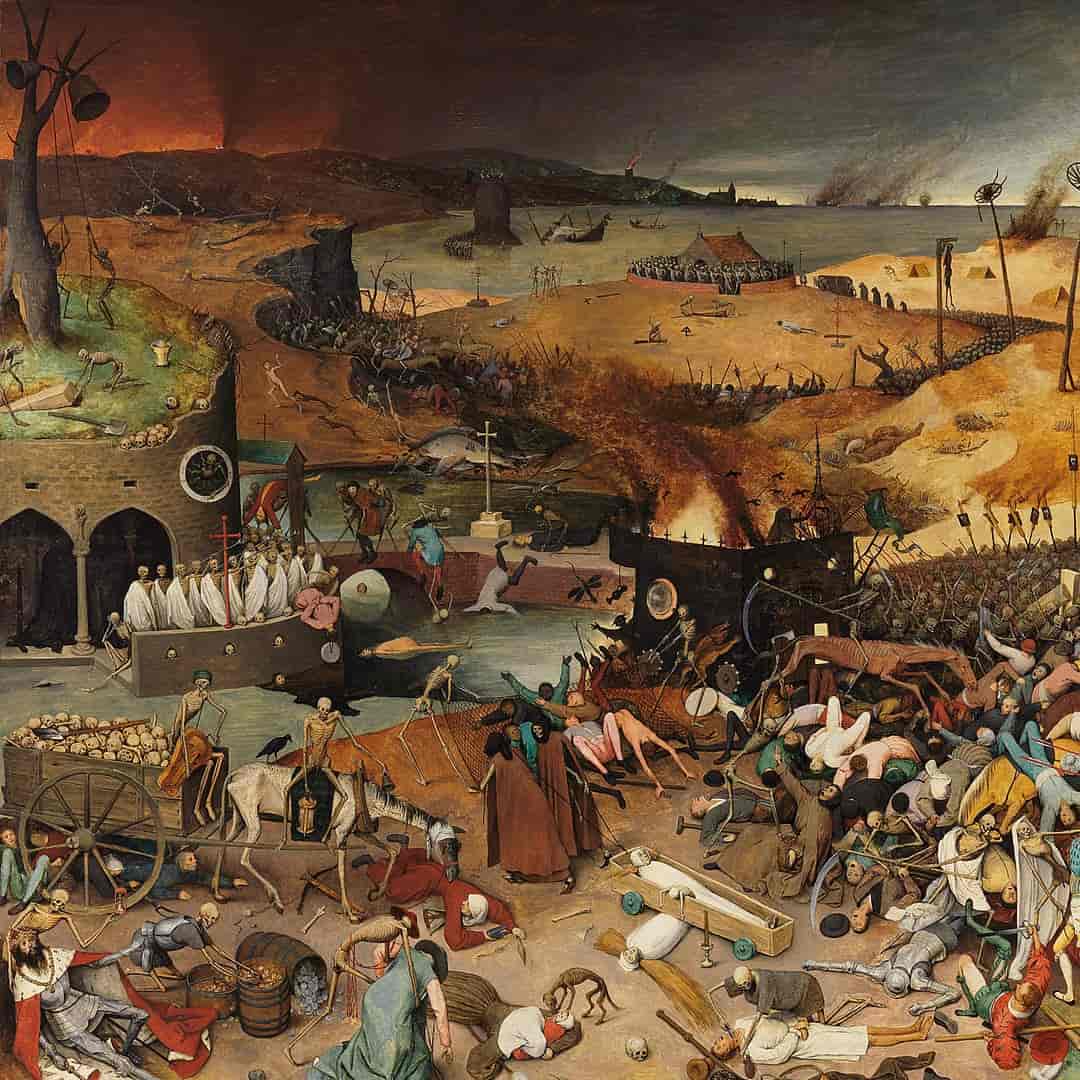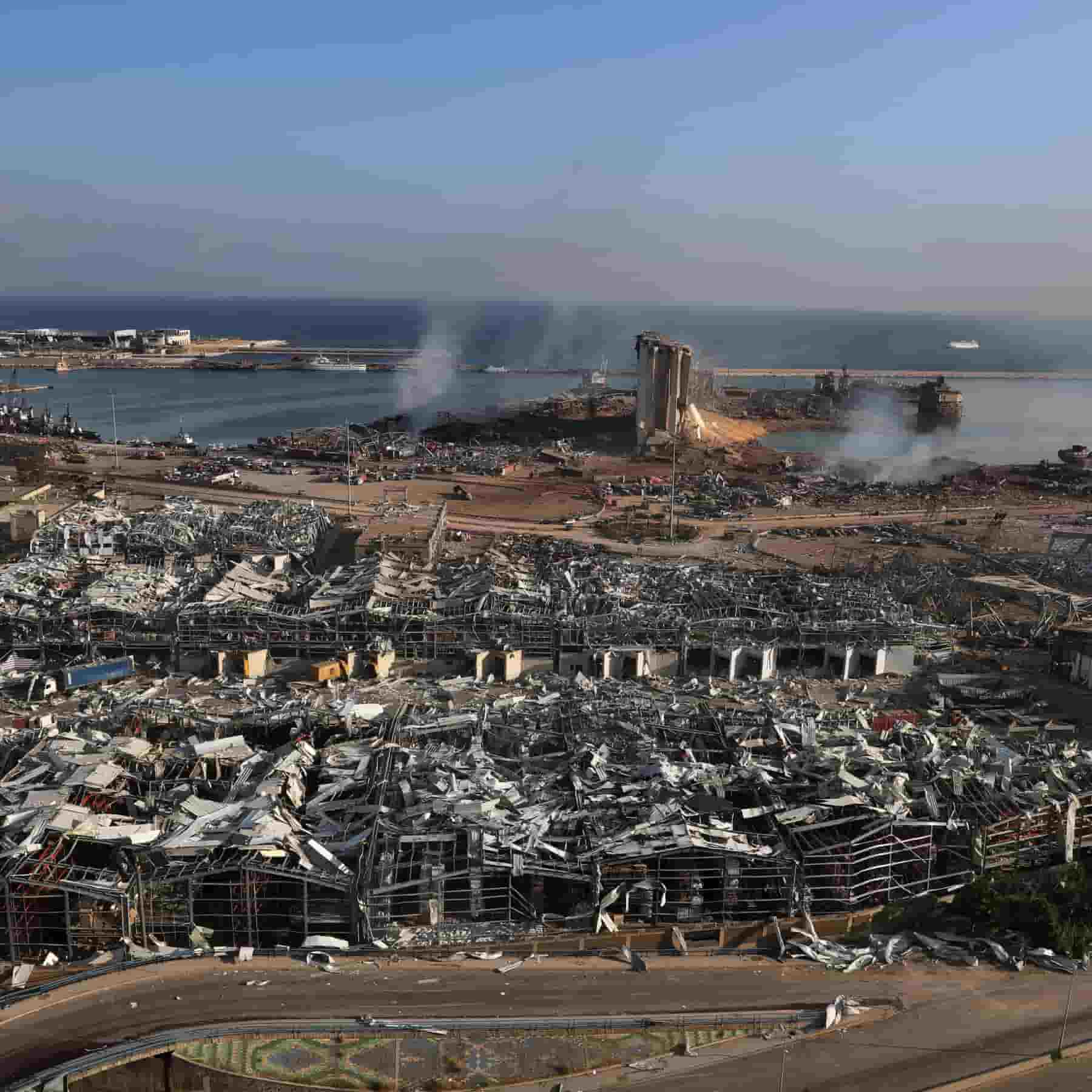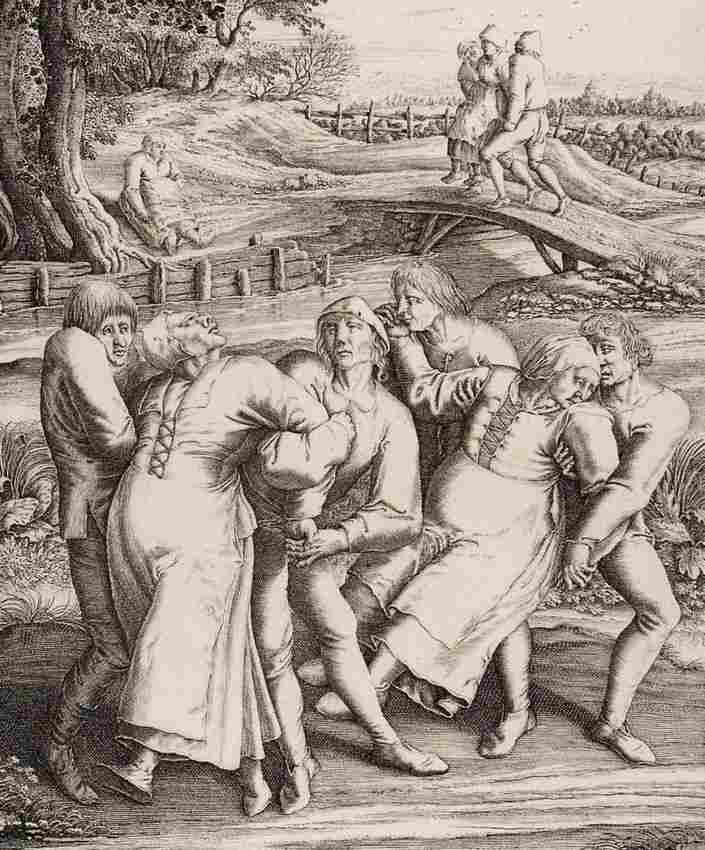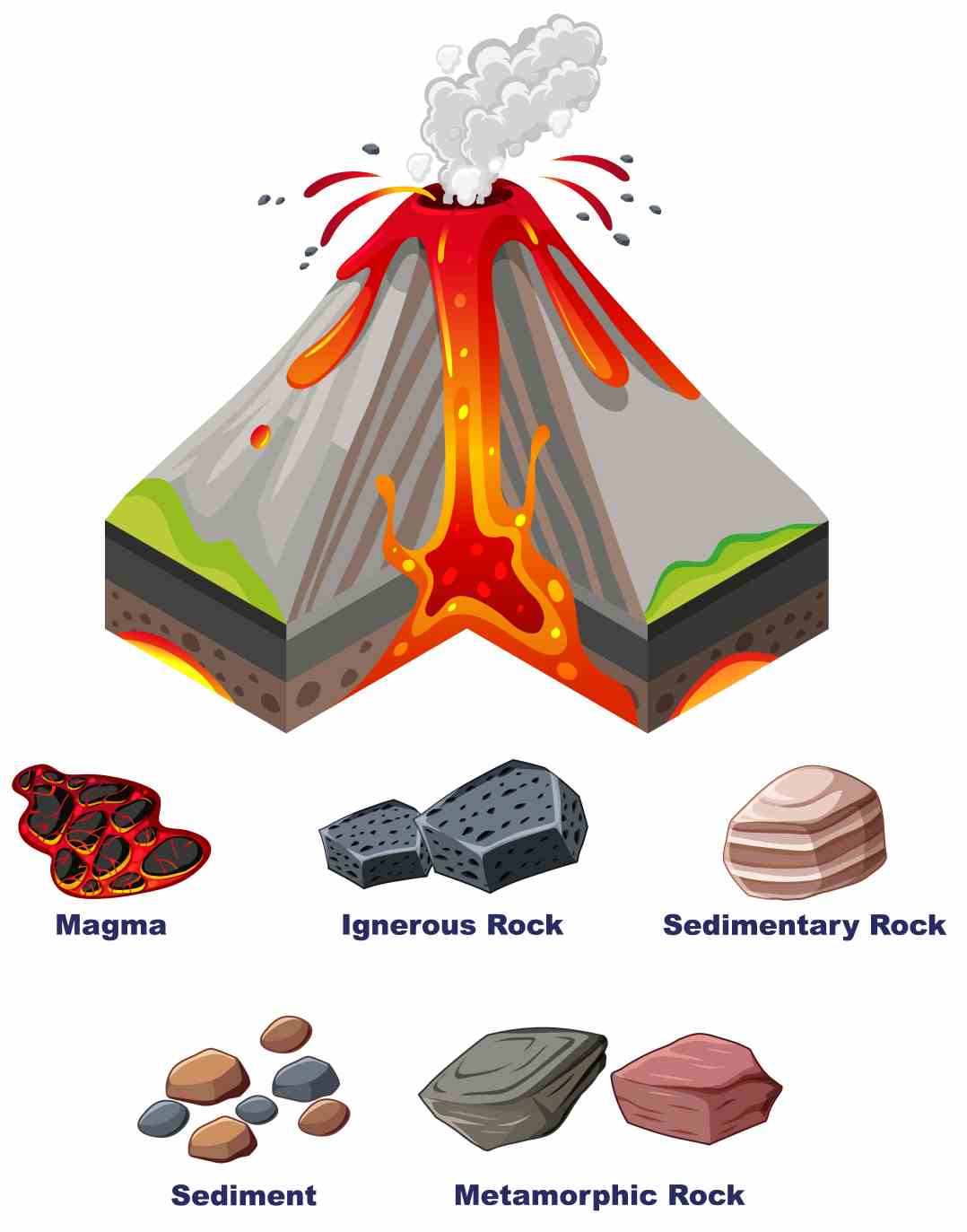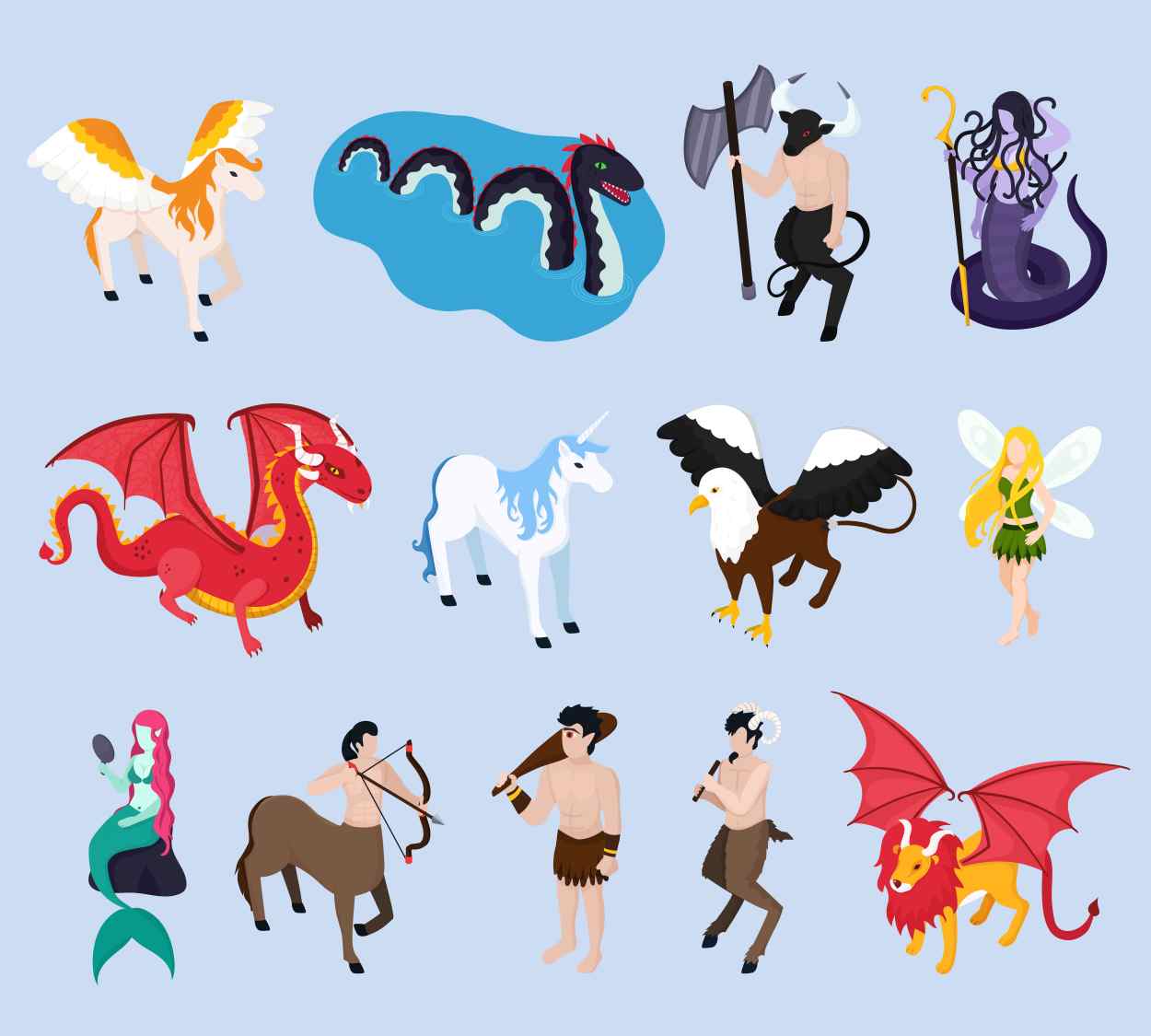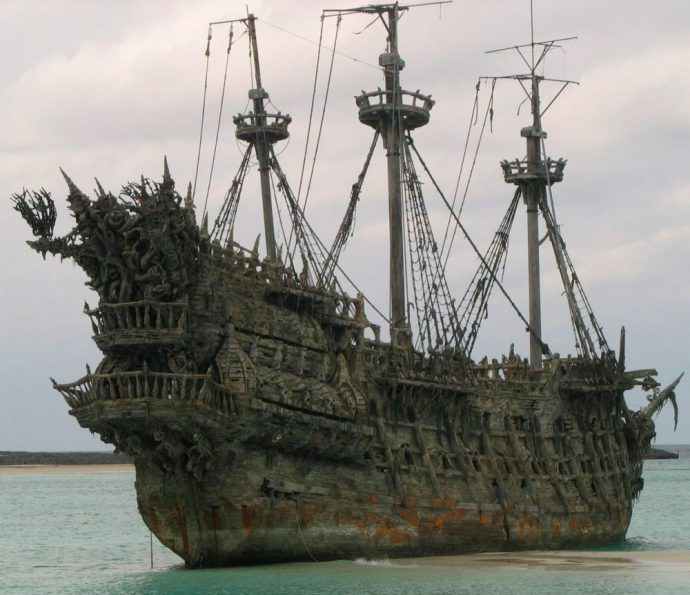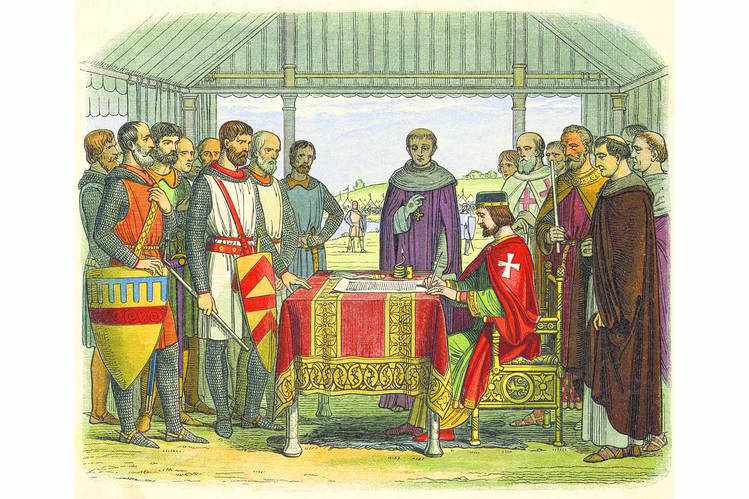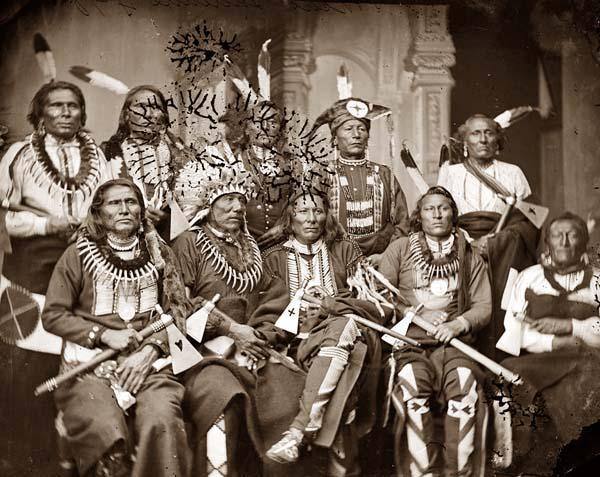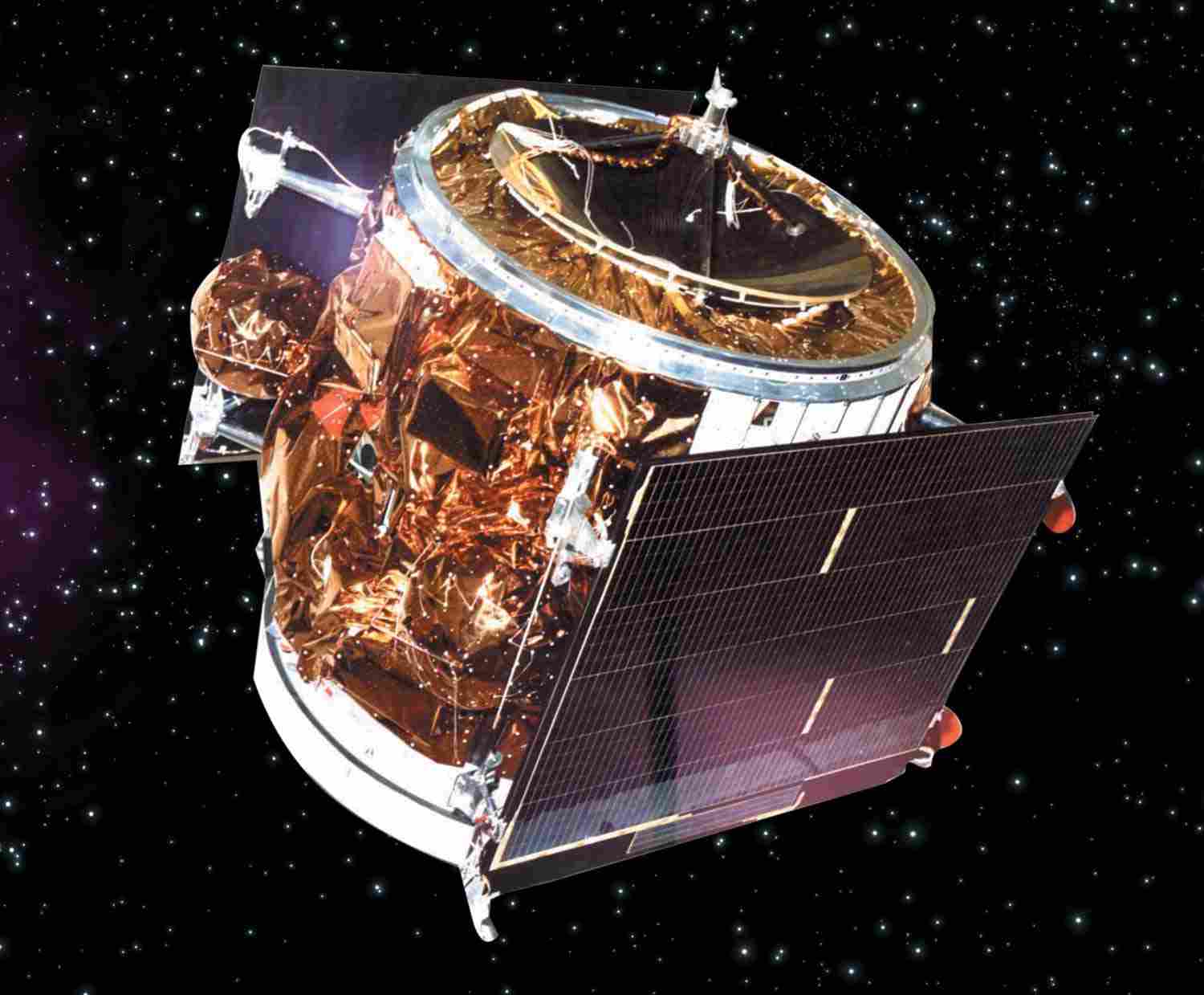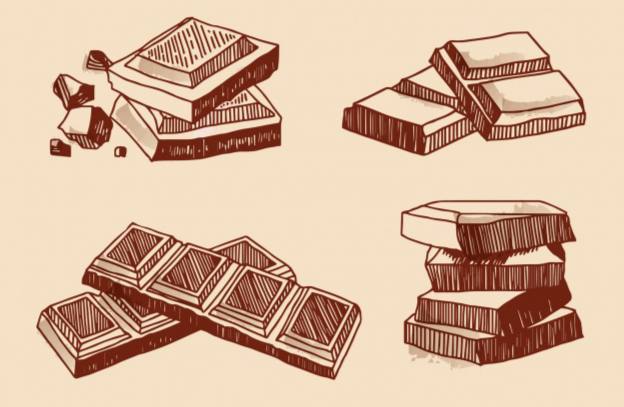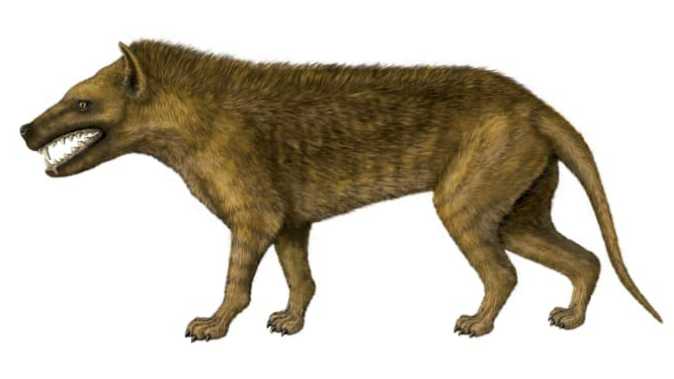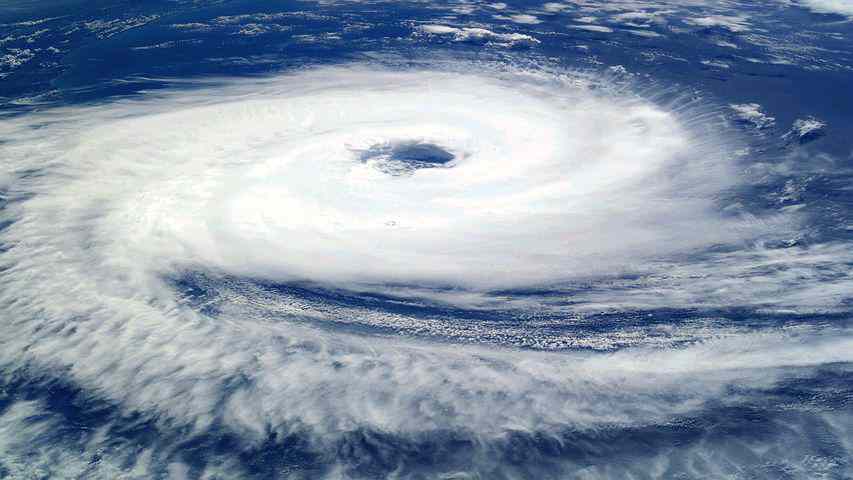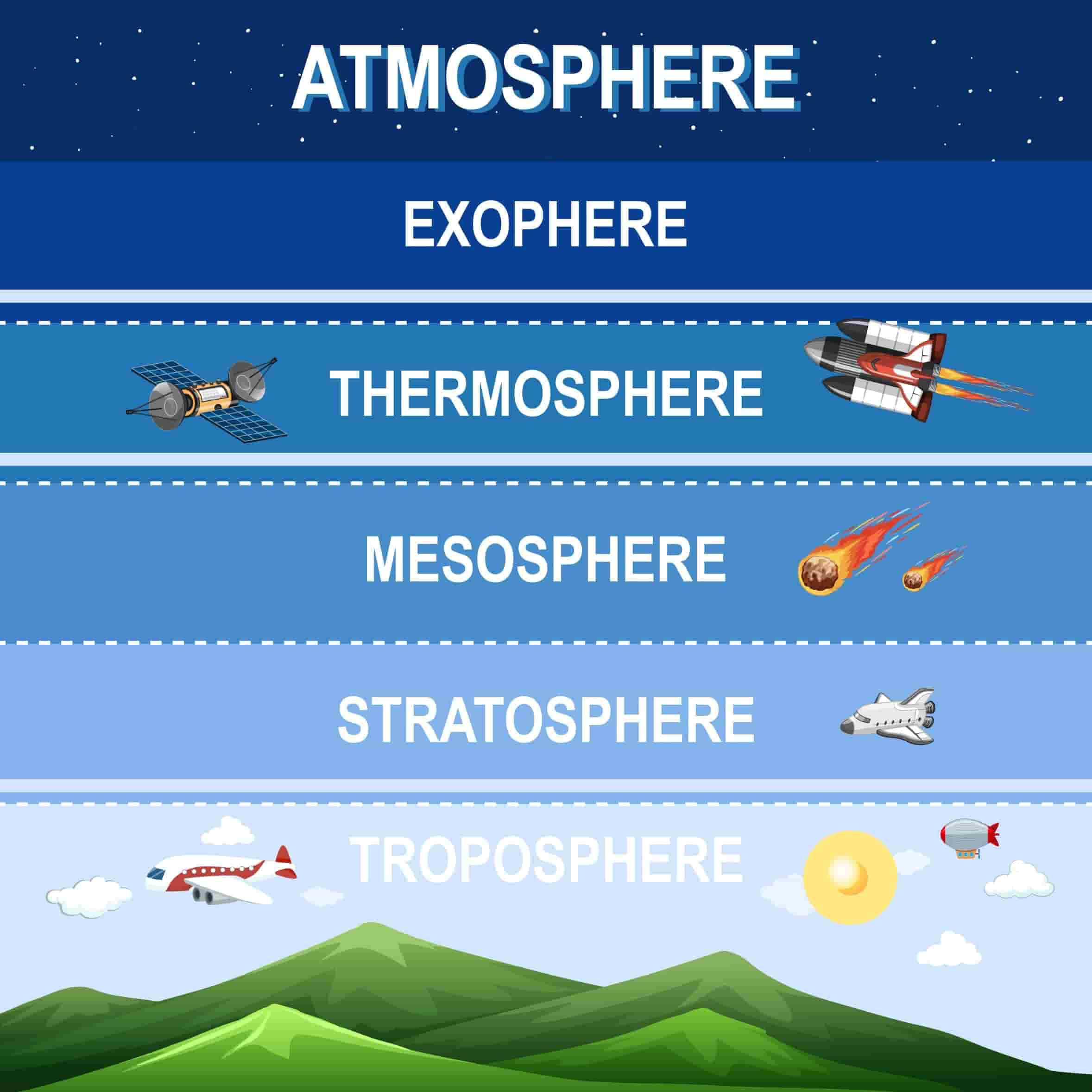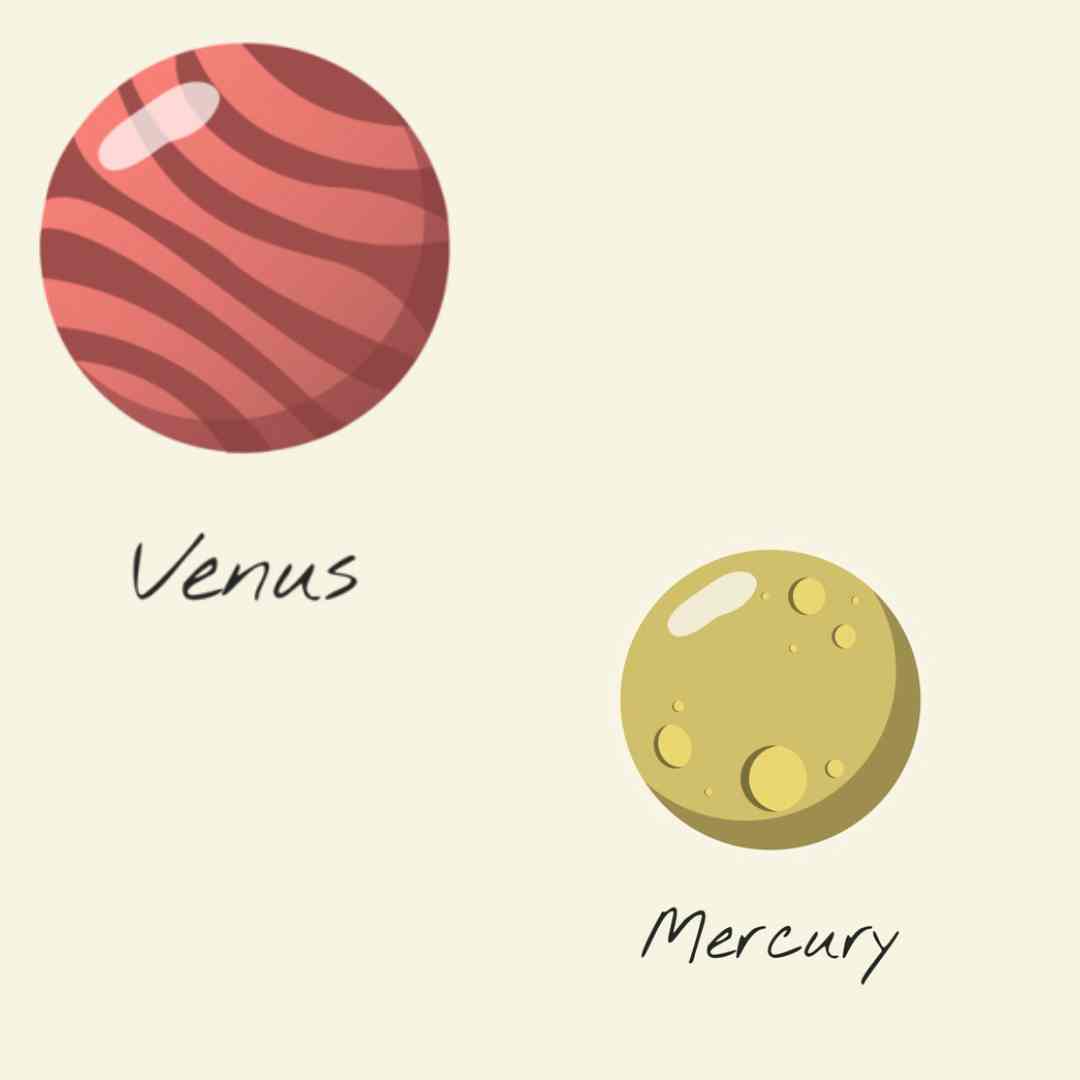If you’ve seen Interstellar, [spoilers ahead] you’d know that the massive, rotating black hole, Gargantua, was pivotal to the plot. What’s interesting to note is that much of what was said in the movie about the said black hole was actually quite accurate, seeing as how Kip Thorne, a Nobel Laureate in Physics, worked as a consultant for the movie. But the one area that was never quite explored was the knowhow of how black holes are actually formed. No, they’re not some divine objects created by God or a place where Thanos could safely hide in case his plan failed miserably. They are nothing but dead stars...dead stars that...sort of...collapsed on themselves.
Let’s try to understand this with a story.
Somewhere, in the universe, there is a massive star (think...10 times the size of our massive Sun) that is near the end of its life cycle. Yes, stars die too, and so will our own Sun someday. How? The fuel of stars is generated as a result of nuclear fusion reactions between two hydrogen atoms to form a helium atom along with the release of an enormous amount of energy and a lot of radiation. This released energy and radiation acts as a balance against the star’s own gravity, which is astronomical owing to its massive size.
Massive stars, like the one we’re interested in, can also fuse the helium formed to produce even heavier elements like oxygen, carbon, silicon until it reaches iron. Iron, however, is infusible and builds up in the core of the star. Once all of the fusible elements are exhausted and the iron buildup reaches a critical mass, the balance between radiation and gravity is broken.
The entire star begins to collapse into its own core by virtue of its own gravity. As the star collapses, it feeds more and more mass into its core, and in a final show of life, explodes with a brilliant show of cosmic fireworks that is known as a supernova. What is left behind? In the case of smaller stars, a white dwarf. For stars with mass more than the Chandrashekhar limit(1.4 times the mass of the sun), a neutron star. But for ginormous stars, their entire mass is compressed into a single point in space(think...1 little point with a mass 3 million times that of the earth), a singularity. Its density is infinite, and its gravitational pull is insurmountable (too great to overcome) for even light to overcome. Thus, a black hole is formed.
The strange thing is that, according to theoretical physics, almost anything can be converted into a black hole if one can compress something into a very small space. It is called the Schwarzschild radius of that object. For e.g, the Schwarzchild radius of the Earth is about 9mm. It means that if you can compress the entire Earth (you can’t, don’t try it at home) to that small a radius, the result would be the birth of a black hole.
Liked it? Do tell me in the feedback at the bottom. Keep Scrolling!

